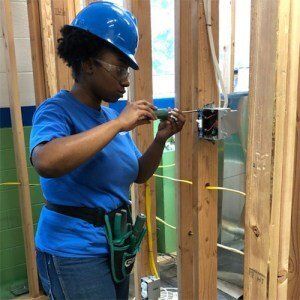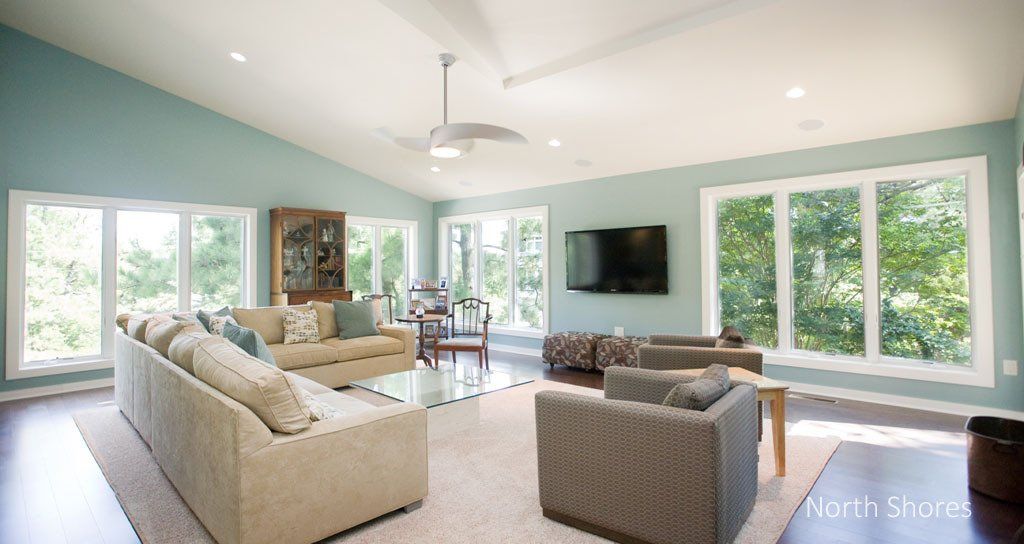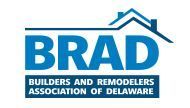Why More Women Should Consider Work in the Trades

The construction and trade industries are primarily dominated by the male population. However, more and more women are becoming interested in this field. In an article from the National Association of Homebuilders (NAHB), they talk about how important it is to have women in this field.
Read the article here.

Turnstone Custom Homes is a finalist in both the Best Home Builder and Best Home Remodeler categories for Coastal Style Magazine's Best of Coastal Style 2022! We are both thrilled and honored to be a finalist in both categories. Thank you to all who nominated us! We are incredibly excited for the next round of voting.

The following summarizes how Turnstone expects Project Managers to conduct themselves during a renovation project. Be empathetic. Having strangers tearing your home apart is extremely stressful. Understand that the homeowner’s goal is to get you out of their home as quickly as possible, consistent with quality workmanship. This aligns with our goal of completing the project promptly to keep job schedules intact and protect project margins. Don’t leave the homeowner waiting and wondering. Nothing is more frustrating than not knowing when workers will be in your home. Always assume the homeowner has planned their day around you or the trade contractors. Make sure the homeowner knows the expected start and finish times each day and communicate daily to either reconfirm or notify of changes to the schedule beyond our control. Most importantly, be there when you say you’re going to be! If you say you’re breaking for lunch the homeowner assumes you will be back in an hour. Homeowners do not make a distinction between our performance and the performance of our trade partners – it’s all the same thing to them and they expect us to manage the trades. Confirm trade contractors’ arrival schedule the evening before. Most people understand that things happen, and people are sometimes late. In those cases, let the homeowner know immediately so they can adjust their plans. Over-communicate. Renovations are inherently unpredictable. It is impossible to over-communicate what is going on, problems uncovered and proposed solutions, schedules and progress reports. Daily job logs are essential, communicating in words and pictures what was achieved and what will happen next. Document all important discussions and share that documentation with the homeowner through the construction management portal. Assume the homeowner is busy. Get to the point. If the homeowner is feeling chatty, they’ll let you know. Respect the Owner’s property . The work area should be cleared of the owner’s possessions and furniture. Help the homeowner relocate possessions to a safe area if necessary. Never allow Turnstone personnel or trade partners to enter spaces that are not included in the scope of work unless absolutely required to complete the scope of work. Never lie . Always tell the whole truth – especially if we’ve made a mistake. Once the homeowner stops trusting your word, you will never regain their trust. Don’t “manage” your client. The Project Manager is responsible to make sure the homeowner knows the whole truth. Don’t spoon feed or spin information. Be a straight shooter, even when that is uncomfortable for you or the homeowner. If you think the homeowner is being unreasonable, ask your supervisor to intervene immediately to clear the air, reach consensus and reset realistic expectations. Require decisiveness. Notify your supervisor immediately if homeowner inattention or indecision is threatening the project schedule. It will be uncomfortable to confront the issue, but the homeowner will thank you when the project is done on schedule. The homeowner’s business is nobody else’s business. You will learn a lot about the homeowner and their family during the renovation. Respect the homeowner’s privacy and keep sensitive information to yourself. Clean up. Leave at least 15 minutes at the end of each day to organize materials and clean up construction debris and check the driveway and street for nails and screws. Demand the same of our trade partners. Don’t forget the neighbors. The homeowners can tolerate a lot of disruption because they get a beautifully renovated new home at the end of the project. The neighbors just get the disruption. Introduce yourself to the surrounding neighbors early on and give them your cell phone number. Set realistic expectations and let them know you are aware that the project will inconvenience them. Some neighbors will never be satisfied but that doesn’t mean you shouldn’t try. If a neighbor becomes belligerent, disengage and schedule a meeting with your supervisor and the homeowner to discuss the situation. Conclusion. If you follow these rules consistently the homeowner will become your friend and partner in the project. Ignore these rules and your relationship with the homeowner will quickly deteriorate, making the entire process miserable for you and them.

Have you ever wanted a quick reference for aging-in-place issues? Are you wondering how to incorporate some aesthetically pleasing designs into your projects? If so, the Aging-In-Pace Checklist might be suited to your needs. The checklist below contains features, suggested by The National Association of Homebuilders, that you may want to consider for your next construction or renovation project. It also provides a quick reference for various aging-in-place issues. Exterior Low maintenance exterior (vinyl, brick) Low maintenance plants and shrubs Deck, patio or balcony surfaces no more than ½ inch below interior floor level Overall Floor Plan Main living on a single story, including a full bath No steps between rooms/areas on the same level 5 ft. by 5 ft. clear turn space in living area, kitchen, a bedroom and a bathroom Hallways Minimum of 36-inches wide, wider is preferred Well lit Entry Accessible path of travel to the home At least one no-step entry with a cover Sensor light at exterior no-step entry focusing on the front door lock There needs to be 32-inches of clear width, with includes a 36-inch door Non-slip flooring in the foyer Entry door sidelight or high/low peep hole viewer; sidelight should provide both privacy and safety Doorbell in accessible location Surface to place packages when opening the door Thresholds Flush preferable Exterior ½ inch maximum with a bevel Interior maximum of a quarter inch Interior Doors There needs to be 32-inches of clear width, which requires a 36-inch door Levered door handles Windows Plenty of windows for natural light Lowered windows or taller windows with lower sill height Low maintenance exterior and interior finishes Easy to operate hardware Garage or Carport Covered carports and boarding spaces Wider than average carports to accommodate lifts on vans Door heights may need to be nine feet to accommodate some raised roof vans If code requires floor to be several inches below entrance to house for fume protection, can slope entire floor from front to back to eliminate need for ramp or step












